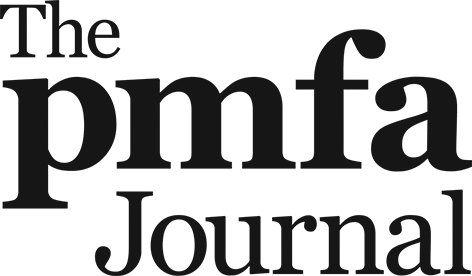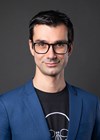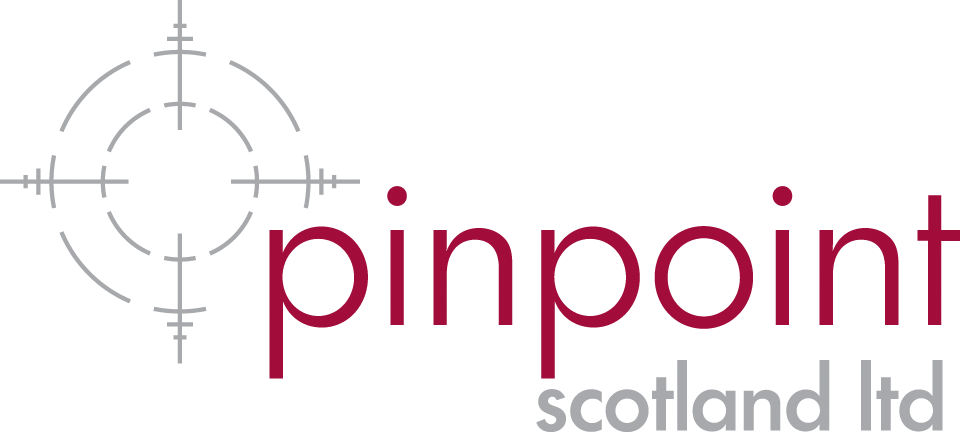
Dr Monika Kavková.
The PMFA team were delighted to chat to Dr Monika Kavková about her career in the aesthetic field and involvement in the Aesthetic Dialogue International Symposium.
What led you to choose a career in aesthetic, anti-ageing and regenerative medicine?
I was drawn to this field because it combines science, artistry, and a tangible impact on people’s quality of life. Early in my medical training, I realised that aesthetics and regenerative medicine were about far more than ‘looking younger’ – they are about restoring confidence, preventing decline, and supporting patients in feeling like their best selves at every stage of life. The precision of the science and the immediacy of the results fascinated me, and I loved the idea of offering treatments that are proactive rather than purely reactive.
Can you tell us about some of the highlights of your journey so far?
One of the most rewarding moments was seeing how personalised treatment plans — rather than a one-size-fits-all approach – could transform outcomes. I’ve had the privilege of working with patients who not only looked rejuvenated but also reported feeling healthier, more energetic, and more optimistic. Professionally, building a practice where evidence-based medicine and aesthetic innovation go hand in hand has been deeply satisfying. And on a personal level, collaborating with brilliant colleagues, mentoring younger doctors, and contributing to clinical discussions at international meetings have all been milestones I treasure.
What do you think have been the most important scientific developments in the field during the last decade?
The last decade has been extraordinary. We’ve seen regenerative approaches – like stem-cell-based therapies, exosomes, polynucleotides and advanced platelet-rich plasma protocols – move from theory to clinical reality. The refinement of hyaluronic acid fillers and bio-stimulatory injectables has given us tools that integrate more naturally with tissue and produce longer-lasting results. And on a broader scale, the merging of genetics, nutrition, and hormonal science with aesthetic practice has shifted the field from ‘chasing wrinkles’ to truly supporting whole-body health and ageing well from the inside out.
You are one of the co-founders of the Aesthetic Dialogue International Symposium in Prague in November. What led to you setting up this conference in a field which is already so full of educational events?
We wanted to create a meeting that feels different – truly interactive rather than just a series of lectures. Many conferences do a great job presenting data, but we saw a need for an event where experts could openly exchange ideas, challenge each other, and discuss real-world experiences rather than just polished case studies. The name Dialogue reflects that spirit: it’s about conversation, collaboration, and moving the field forward together. Prague is an inspiring backdrop – a city where history and innovation meet – and we wanted to bring that same energy into the symposium. Instead of quantity of talks, we’re focusing on depth, honesty, and practical insights that attendees can take straight back to their clinics.
Can you share some more details about the programme in Prague?
The programme is designed to be highly practical and genuinely engaging. Rather than long lectures, we’re structuring the sessions as moderated dialogues, live demonstrations, and interactive panels where experts from different specialties compare approaches. Topics will range from advanced injectable techniques and regenerative protocols to complications management and patient safety – always with an emphasis on evidence-based practice.
Importantly, the entire symposium follows a clear structural line: every topic will be shown not just in theory, but also through live procedures supported by ultrasound imaging, combined with anatomical explanation on cadavers. This allows participants to see exactly why a particular approach works, not just that it works.
What makes it unique is the format: shorter presentations to spark discussion, plenty of time for Q&A, and roundtable debates where the audience can directly join the conversation. It’s not about ‘who has the flashiest before-and-afters’, but about sharing what really works, what doesn’t, and where the science is headed next.
Do you see education as an important part of your work in medicine?
Absolutely – education is central to everything I do. Patients today are curious and well-informed, and they deserve clear, honest explanations about their options. I see education as empowering: when patients understand how a treatment works and what realistic results look like, they make better decisions and feel more confident throughout the process. On the professional side, I believe sharing knowledge with colleagues – whether through mentoring, workshops, or conferences – pushes the whole field forward. Medicine is evolving so quickly that continuous learning isn’t optional; it’s a responsibility.
And finally, if you have any spare time, how do you relax?
Spare time is rare, but precious! I love spending it in ways that feel completely different from work – long walks outdoors, a good book that has nothing to do with medicine, or simply cooking something nourishing and unhurried. Travel is another passion of mine; discovering new places and cultures always recharges me. And honestly, even just an evening with friends, good conversation, and laughter can feel as restorative as a week-long holiday.





